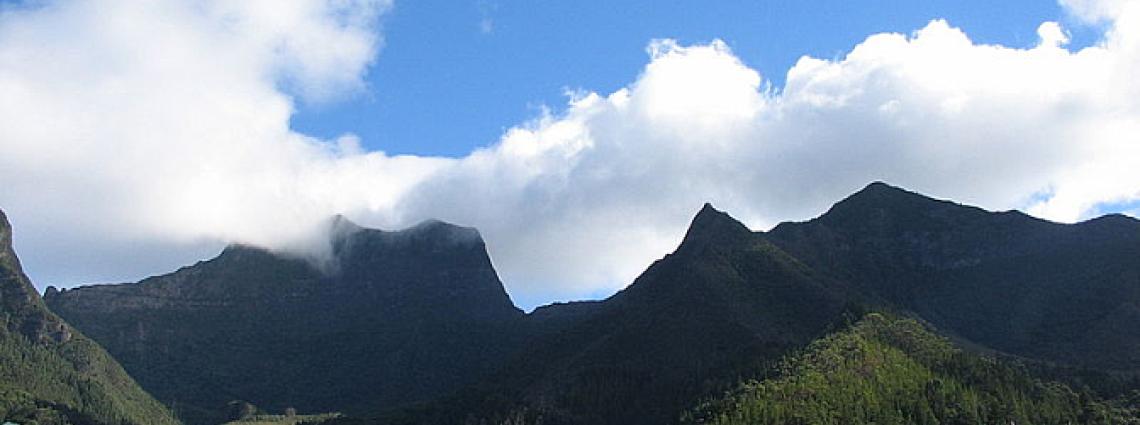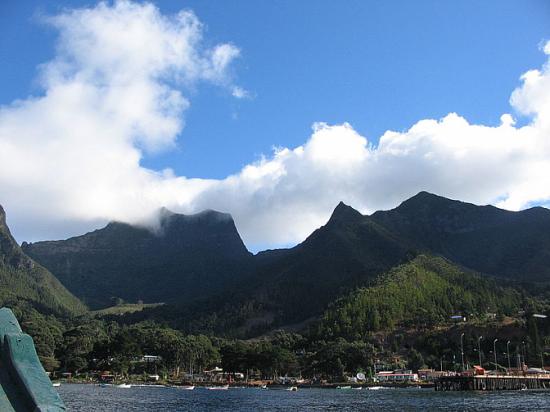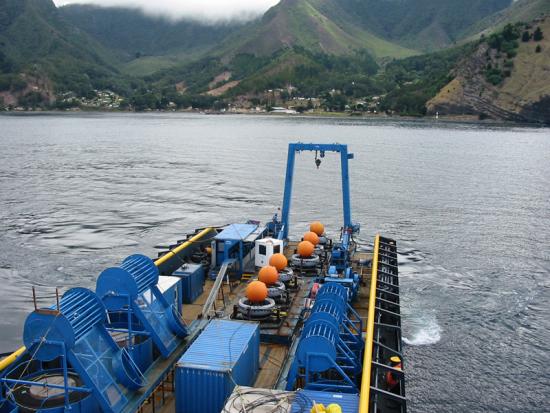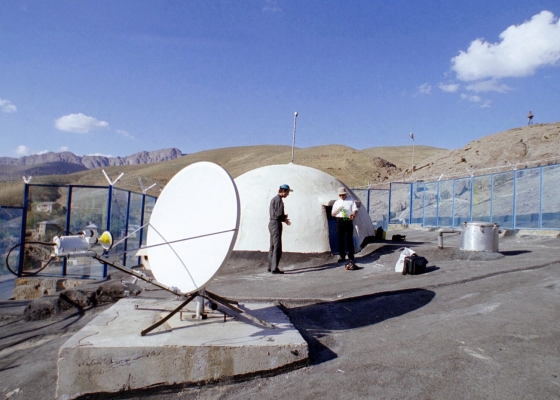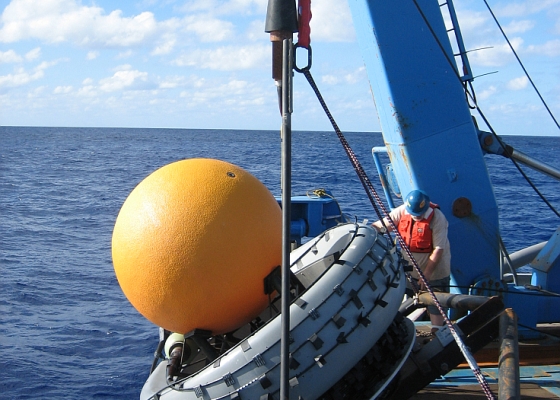HA3, Juan Fernandez Islands, Chile
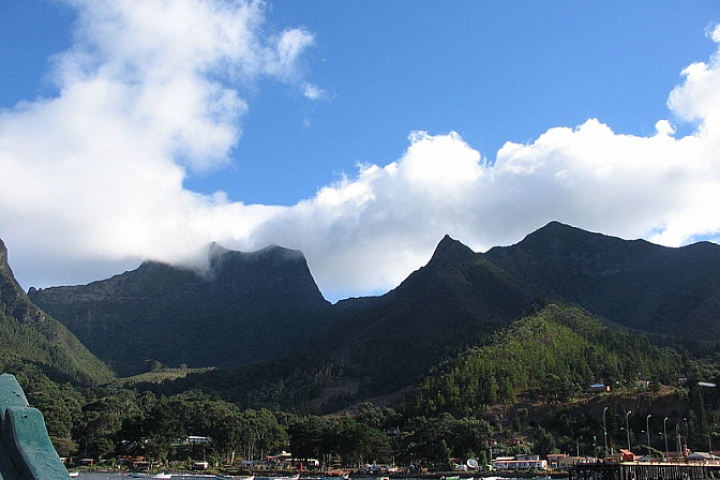
Thumbnail profile: Juan Fernández Islands
The archipelago was originally discovered by chance on 22 November 1574 by the Spanish sailor Juan Fernández, who was sailing between Peru and Valparaíso and deviated from his planned course. He named the islands Más Afuera, Más a Tierra, and Islote de Santa Clara. In the 17th and 18th century it was used as a hideout for pirates and as a penal colony.
Landing at Juan Fernandez 'airport' for the pre-site survey.
Juan Fernandez Islands are of volcanic origin.
Geology and Topography
The three islands of the archipelago rise steeply out of the Pacific, with few beaches and a limited number of protected bays, possibly formed by ancient volcanic craters.
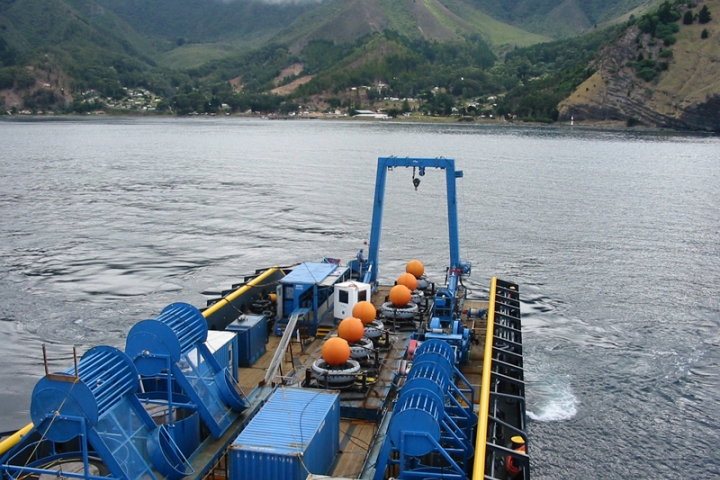
Hydrophone equipment being transported.
IMS Station Location
HA3 covers large areas of the Southern Pacific Ocean and the Southern Ocean. Essentially identical in design to the hydroacoustic station in Cape Leeuwin, Australia, this is one of six IMS hydrophone stations, which utilizes an underwater microphone (hydrophone) to detect signals originating from underwater explosions.
The isolated location far from major human settlements or traffic make the Juan Fernández Islands an ideal site for both IMS stations which are located there, HA3 and infrasound station IS14. The Central Processing Facility (CPF) of the both IMS stations is housed in the capital town of San Juan Bautista. From here the data are transmitted in near real time to the International Data Centre halfway around the world in Vienna, Austria.
The cables require special protection when passing the rough surf zone.
All four CTBT verification technologies are represented in Chile: Apart from HA3 and IS14, Chile hosts two auxiliary seismic stations, one other infrasound station and two radionuclide stations.
Testing and Certification
The Factory Acceptance Test and Integration Testing for HA3 were completed in 2002, as was the installation of shore processing equipment in the shore facility. The link to the Global Communication Infrastructure (GCI) was approved in early 2003, after which the underwater segment was installed and data flow to Vienna was established. After a 2003 operations training and station visit, HA03 was transferred to IDC operations.
HA03 underwater layout.
